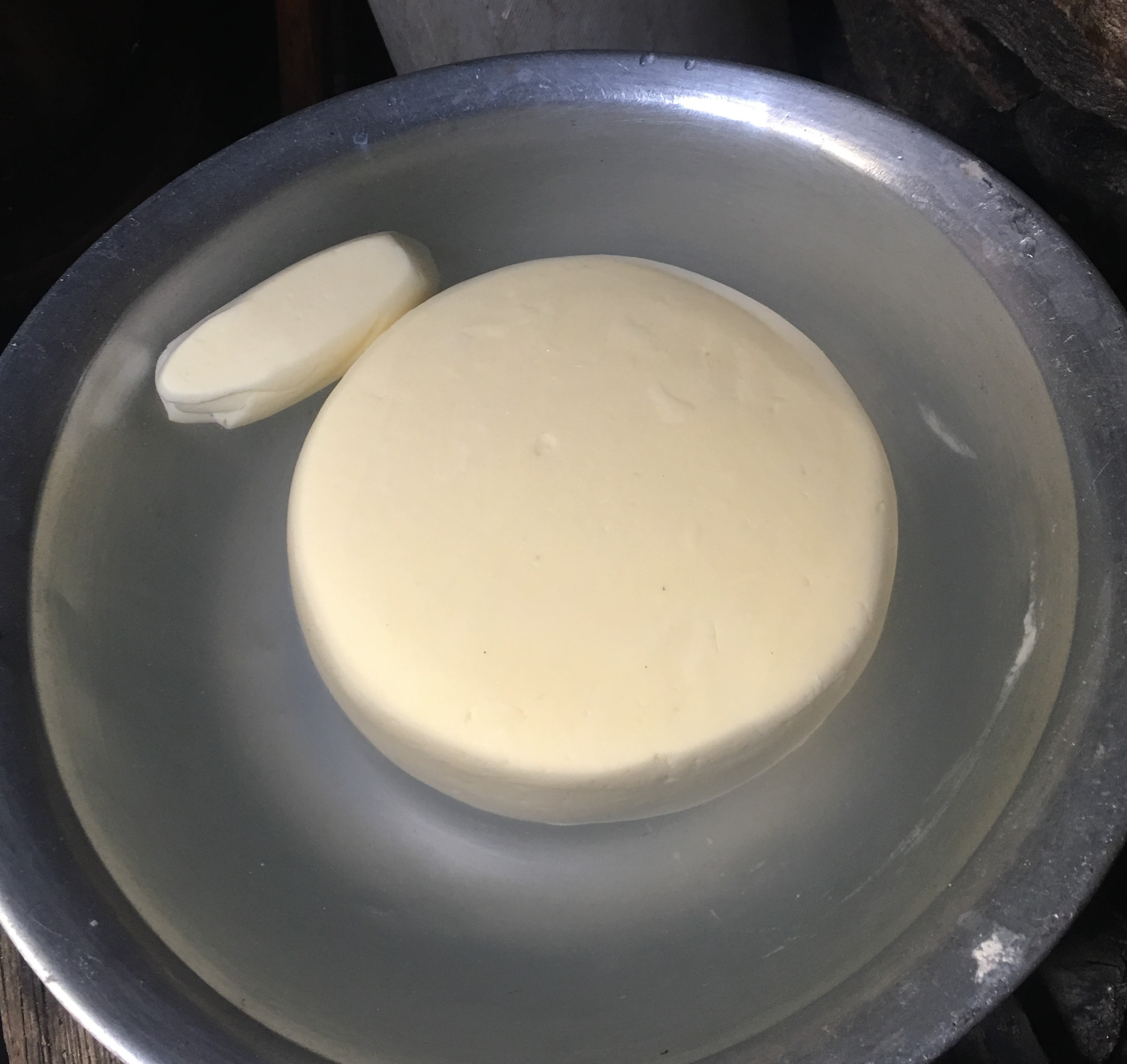Compositional quality of milk sold at urban sales outlet
Keywords:
Adulteration, compositional, market milk, value chainAbstract
A study was conducted to determine the compositional quality of milk sold at urban sales outlet. A total of 40 random samples each were collected from the outlet of the study locations. The samples were analyzed using ultrasonic milk analyzer, Lactoscan MCCW, Milktronics Ltd (Bulgaria). All samples were measured and taken in triplicate for fat, protein, lactose, salts, density, solids not fat (SNF) and added water. Analysis of Variance was run to determine if the means of milk samples collected from different sales outlet are significantly different. The results indicated that mean fat, protein and lactose compositions were found to be highest from the milk sampled from Darla sales outlet (5.51%) when compared to other study locations. Significant differences (p < 0.05) were found in the mean fat composition of the milk between Darla – Haa and Kuruthang – Haa sales outlet. Likewise, significant differences (p < 0.05) on mean protein composition were observed in the sampled milk from majority of study locations. Moreover, significant differences (p < 0.05) on mean lactose composition were also noted from majority of the study locations. The study also indicated a high incidence of water addition in milk with adulteration of samples ranging from 52.5% to as high as 92.5%. The adulteration takes place across value chain by key actors right from processing point to sales outlet. This has largely compromised the compositional quality of milk and could pose a public health hazard. Thus, it is imperative that proper mechanisms such as educational advocacy to key dairy value chain actors and regulations be instituted to prevent such fraudulent practices.

Downloads
Published
License
Copyright (c) 2021 Bhutan Journal of Animal Science

This work is licensed under a Creative Commons Attribution 4.0 International License.





